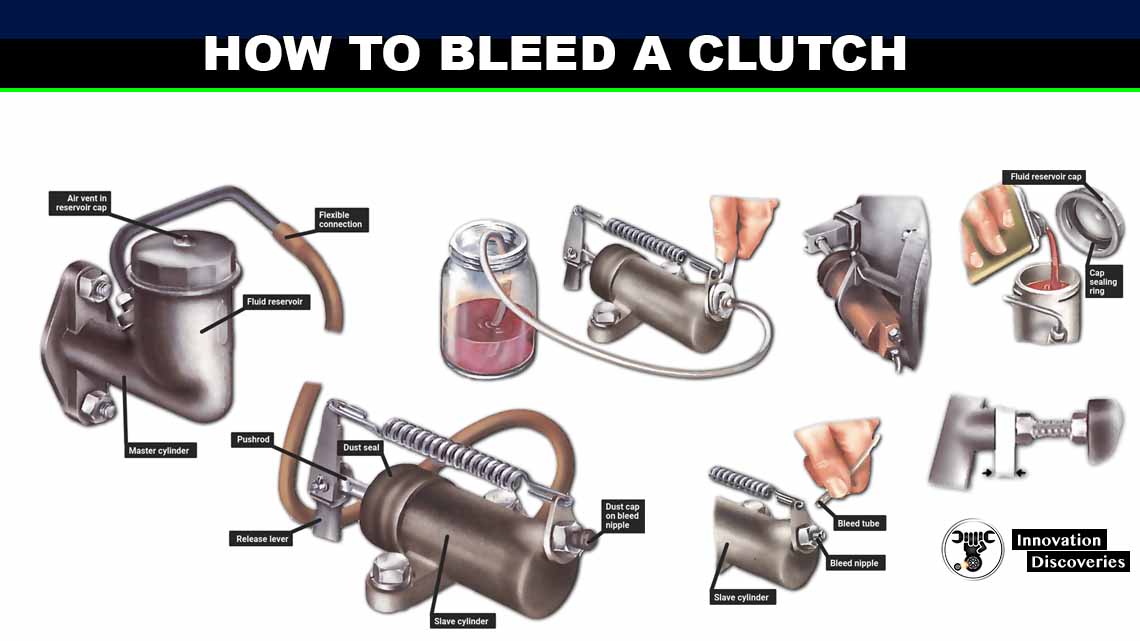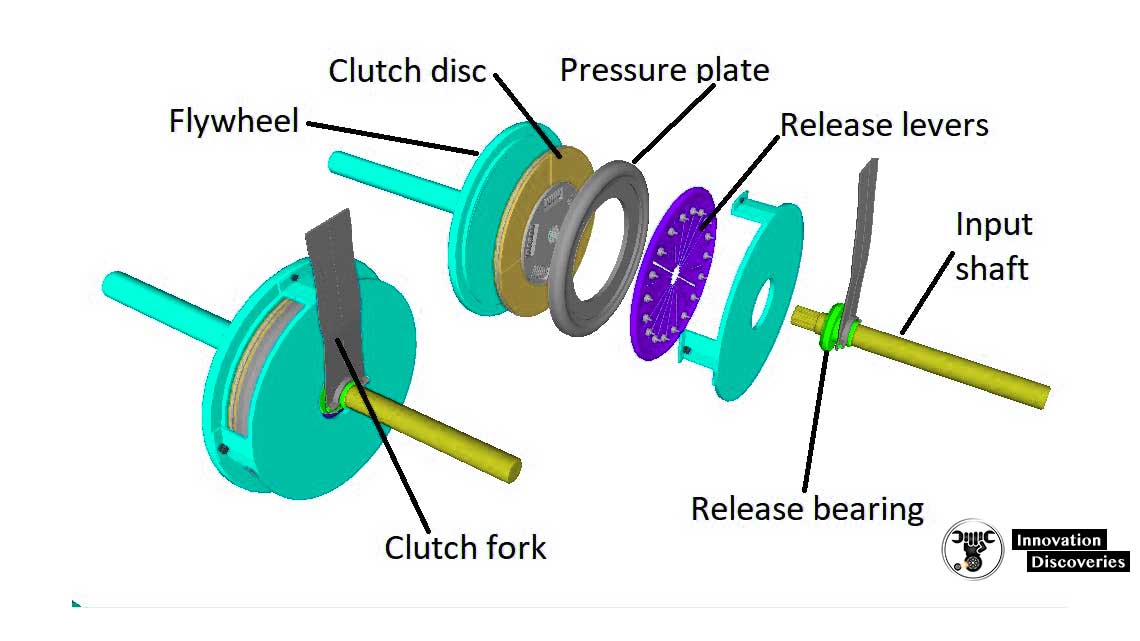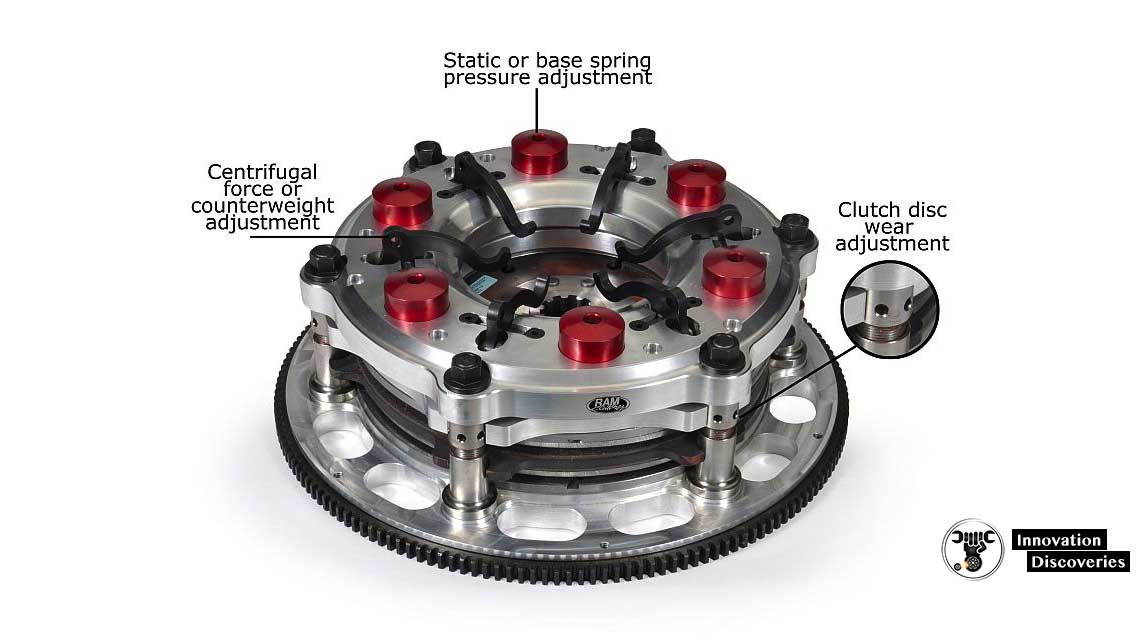
It is a headache to deal with a slipping clutch.
It’s also not always easy to spot until you have to have your truck or car towed to the garage.
How can you spot slipping before you’re stranded on the side of the road?
Check out these three simple tips for determining whether the clutch on your vehicle might be on the way out.
Read This First: HOW A CAR CLUTCH WORKS

1. Revs Rising
The most common indication that you are dealing with a slipping clutch is when you step on the gas pedal and see your engine revs rise out of sync with your actual forward progress.
Before this happens during normal cruising, however, you’re more likely to notice issues climbing hills, towing or when your car or truck is filled with a full load of passengers or cargo.
You might also detect an odor like something is burning while this is happening, which is a sign that the friction material on the clutch plate is overheating due to slippage.
Read More: HOW TO BLEED A CLUTCH

2. Clutch Fluid
Suspect a clutch issue?
If your vehicle has a hydraulic clutch, as most modern vehicles do, the clutch fluid reservoir under the hood is the first place to check for a problem.
The fluid itself should be clear with no debris floating in it.
If it’s brown, black, or cloudy, it should be replaced and the clutch should be bled to remove any air that might be lurking in the lines.
If the fluid is low, you should top it off and visit your mechanic to see if you can figure out where that fluid is leaking.
You won’t always see puddles on the floor, as the leak could be inside the clutch mechanism.

Read More: CHECKING AND REMOVING A CLUTCH MASTER CYLINDER

3. Clutch Pedal Feel
When the clutch pedal itself starts to feel different from when you first started driving the vehicle, another surefire sign that a slipping clutch could be on the horizon.
Have you noticed that the pedal’s engagement point — the point in its travel where the engine and the transmission are engaged — has moved?
If it’s gotten much closer to the floor or if there’s only a small amount of travel possible between engaged and disengaged, there could be a problem with the clutch master cylinder that needs to be addressed.
You might not encounter each of these issues all at once, but if you notice any of these problems while driving, it’s worth paying close attention to what your clutch is trying to tell you.

- Read More:
- COMMON FAULTS IN THE 6-SPEED DSG TRANSMISSION
- THE GEARBOX (TRANSMISSION)
- 5 THINGS YOU SHOULD NEVER DO IN A DUAL CLUTCH TRANSMISSION VEHICLE
Visit Forum
Visit Our Friendly Website






3 Comments